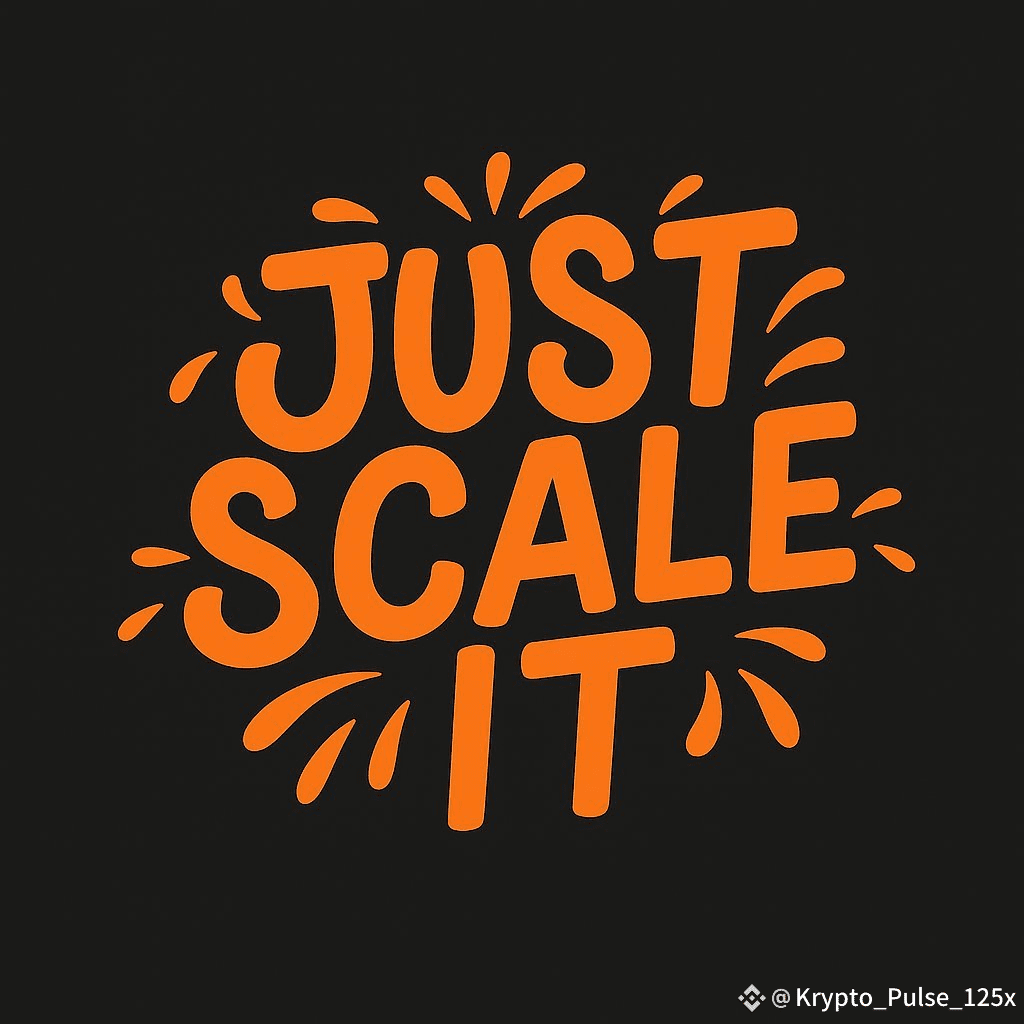ERA breaks the gap with modular architecture
As the gas fee competition in the Ethereum Layer 2 track enters a 'fractional battle', and as the total locked value of Arbitrum and Optimism surpasses 15 billion USD, a core issue that has been overlooked is emerging: Most Layer 2 solutions are still trapped in the shackles of 'monolithic chains'—once the TPS of a single chain hits its limit, it either sacrifices the degree of decentralization for expansion or allows congestion to swallow the user experience. Meanwhile, the Era Network behind the ERA token is breaking this deadlock with its 'modular architecture'.
As a new generation Layer 2 solution, the underlying logic of Era directly addresses industry pain points: It splits the three major functions of traditional Layer 2—'computation, storage, settlement'—into independent modules, each of which can be horizontally scaled separately. This means that when user transactions surge, the computation module can automatically call more nodes for parallel processing, the storage module can flexibly expand data capacity, while the settlement module remains anchored to the Ethereum mainnet to ensure security—this 'Lego-style' flexible architecture allows ERA's theoretical TPS to break through the million-level without sacrificing decentralization to achieve performance like some public chains.
From a technical implementation perspective, the ERA ecosystem's 'cross-module interaction protocol' addresses the core challenge of modular architecture: the data transfer efficiency between different functional modules. Through the innovative 'zero-knowledge proof aggregation layer', ERA can package multiple cross-module transactions into a single proof submitted to Ethereum, ensuring data authenticity while compressing interaction costs to 1/20 of traditional solutions. A migration test conducted by a DeFi protocol on ERA at the end of last year showed that while processing 50,000 staking transactions at the same time, its average gas fee was only 37% of similar Layer 2 solutions, with confirmation delays stable within 0.8 seconds.
What is more noteworthy is the economic model design of the ERA token: Unlike purely relying on inflation to incentivize nodes, ERA allocates 40% of the block rewards to contributors of module optimization—whether it's code submissions that improve computational efficiency or proposals to optimize storage compression algorithms, token rewards can be obtained through on-chain governance. This mechanism of 'technical contributions equating to value' is attracting a large number of underlying developers, with the ERA ecosystem's module tool library adding 127 new practical plugins just in the first quarter of this year, further lowering the technical barrier for application deployment.
As Layer 2 shifts from a 'performance race' to 'deep ecosystem cultivation', ERA provides a differentiated answer with a modular mindset: It does not seek to become another 'Ethereum substitute', but rather through disassembly and reconstruction, truly equips Layer 2 with the technical foundation to support large-scale commercial applications. This innovation that starts from the underlying architecture may be the core logic that enables ERA to quickly break through in a red ocean track.


